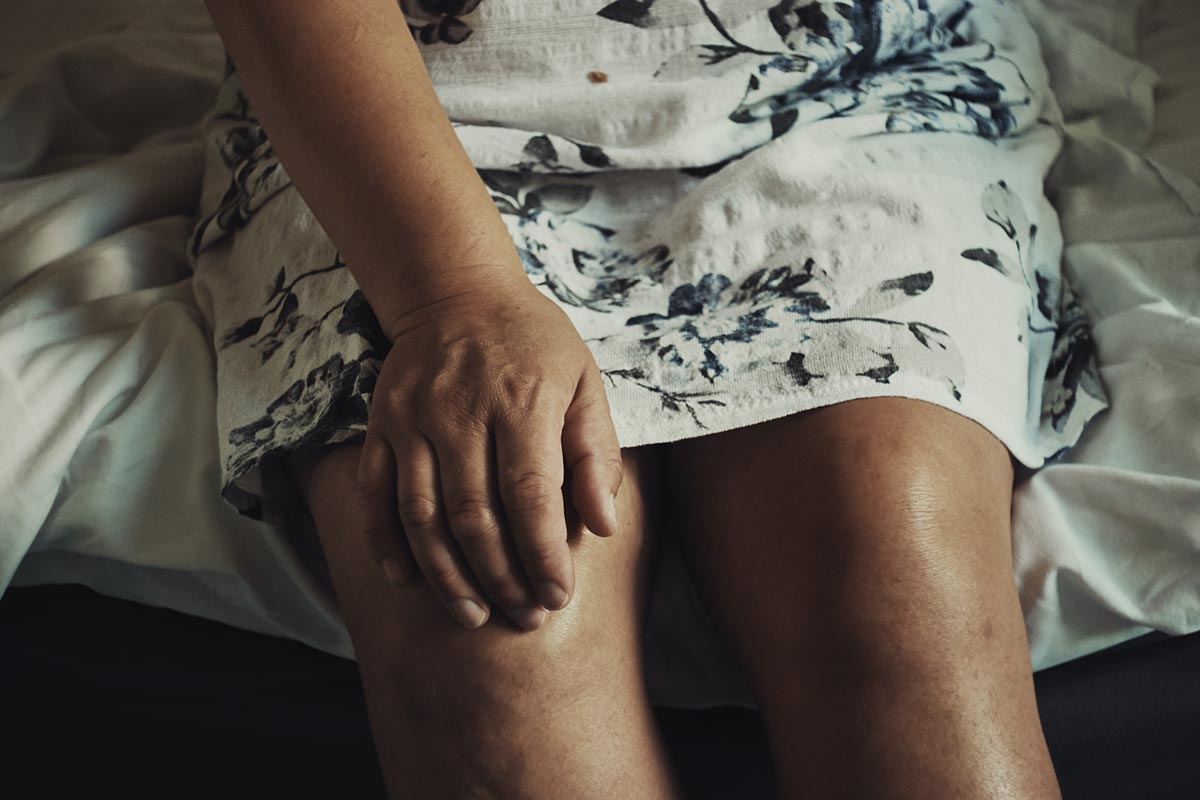There are fears, not unfounded, that low T may also bring about rheumatoid or arthritic discomfort or joint pains in men and even women. How does low testosterone cause joint pain? First, you need to understand the role of testosterone as one of nature’s naturally occurring analgesics or pain relievers.
Secondly, also, is the consideration that low T leads often to decrease in bone density and muscle tissue while increasing fat in the body. All of these, with the accompanying extra weight carried by the body, can be a recipe for joint pains. Low testosterone and joint pain is thus a reality that patients may need to face up to.
There are, however, effective medical solutions for testosterone and arthritis or rheumatoid arthritis and low testosterone. Like most low T related problems, the first recourse is testosterone hormone replacement therapy. You must note that replacement therapy will not immediately bring relief to your aching joints and arthritis. You will need to make use of some over the counter pain meds like Ibuprofen or Acetaminophen to get immediate relief while the hormone replacement procedure seeks to bring balance to your body.
You can significantly improve your health if your arthritis or rheumatoid arthritis is caused or exacerbated by a low T condition. Since testosterone is an anabolic, a professionally prescribed TRT can help the patient increase bone density, build muscle tissue, and generally increase fat-free muscles.
Also, the analgesic properties of testosterone will benefit the patient after a testosterone replacement treatment, involving the administration of the right dosage and type of testosterone. Especially in women, naturally having lower T levels than men, TRT can help to correct hormonal imbalances anywhere after 30 and decrease the incidence and severity of joint and bone pains.
You could receive treatment for low T related joint pains like this
Examination and Testing
The first phase of treatment is obviously testing for low T in the patient. The patient will need to undergo a physical exam and a blood test. The Doctor may also be looking for extra causes of the joint pain.
Diagnosis
The test results will lead to a diagnosis of the condition. Treatment may then be decided.
Treatment
TRT is great for conditions that are engendered by hormonal imbalance such as low testosterone in the body. If the diagnosis is that the joint pains, arthritis or rheumatism is a direct result of low testosterone then a simple course of TRT could correct this over time.
If instead, there are weight gain issues, the treatment plan may need to work concurrently with a weight loss program that may include exercise and diet planning.
Treatment may be via injection or other methods like gels or patches. Normally, the first installment of TRT could take 4 weeks.
Monitoring and Follow up
The doctor will keep an eye on the patient’s progress during and after treatment. Adjustments in dosage or therapy could be made as developments occur.


